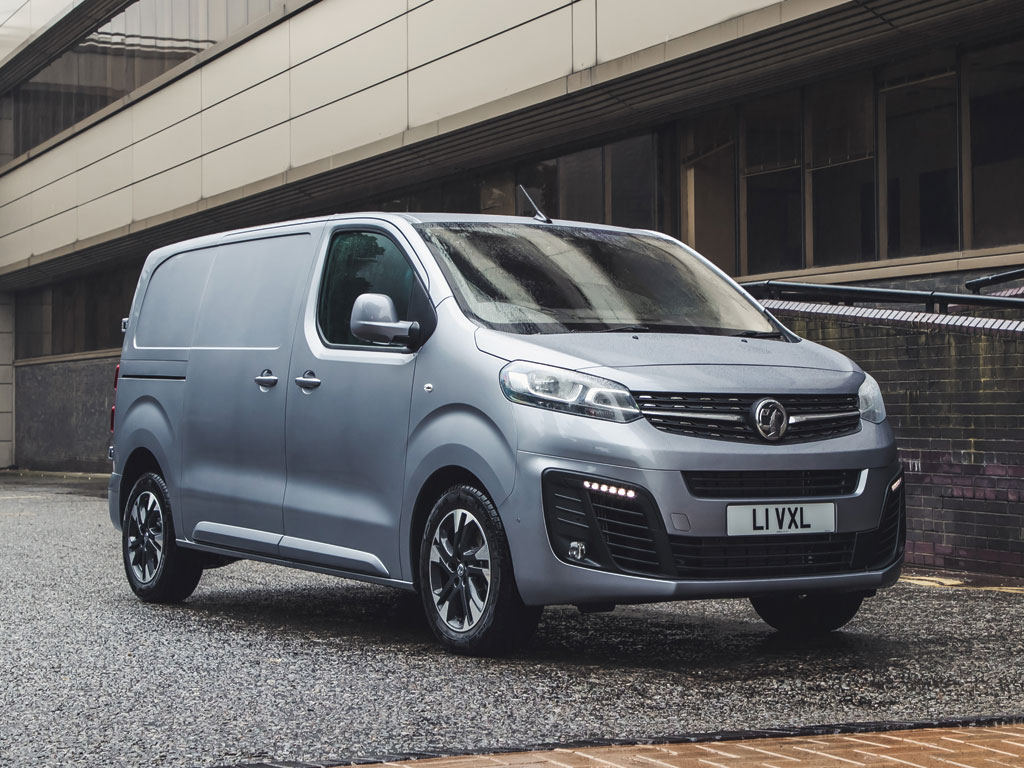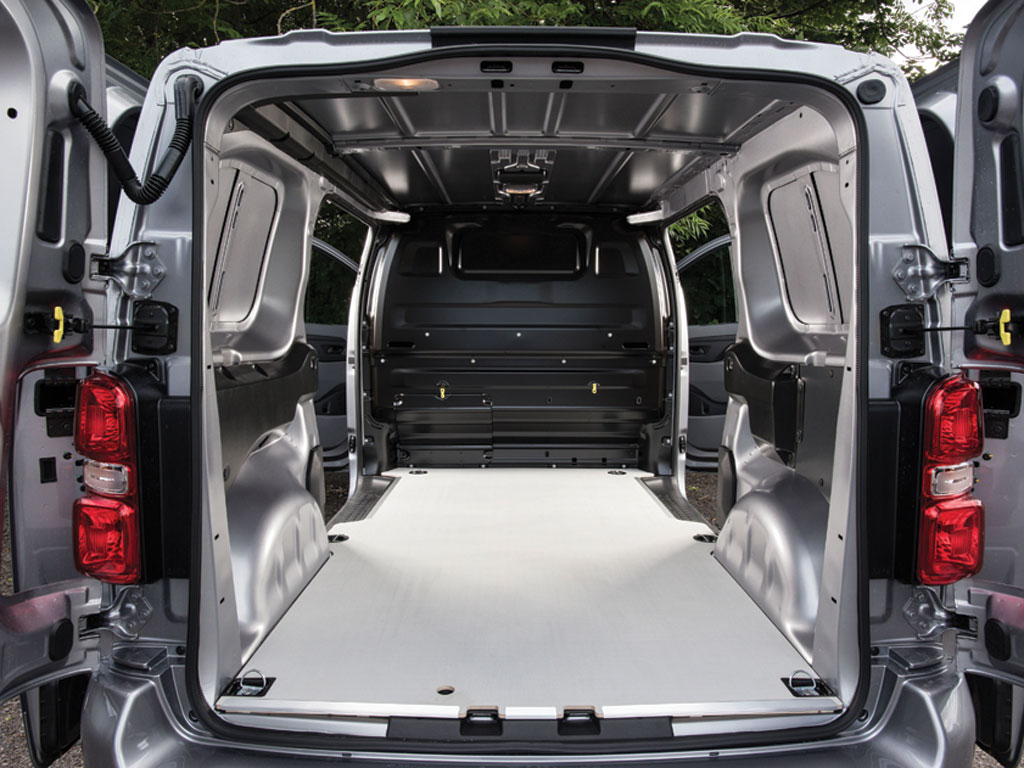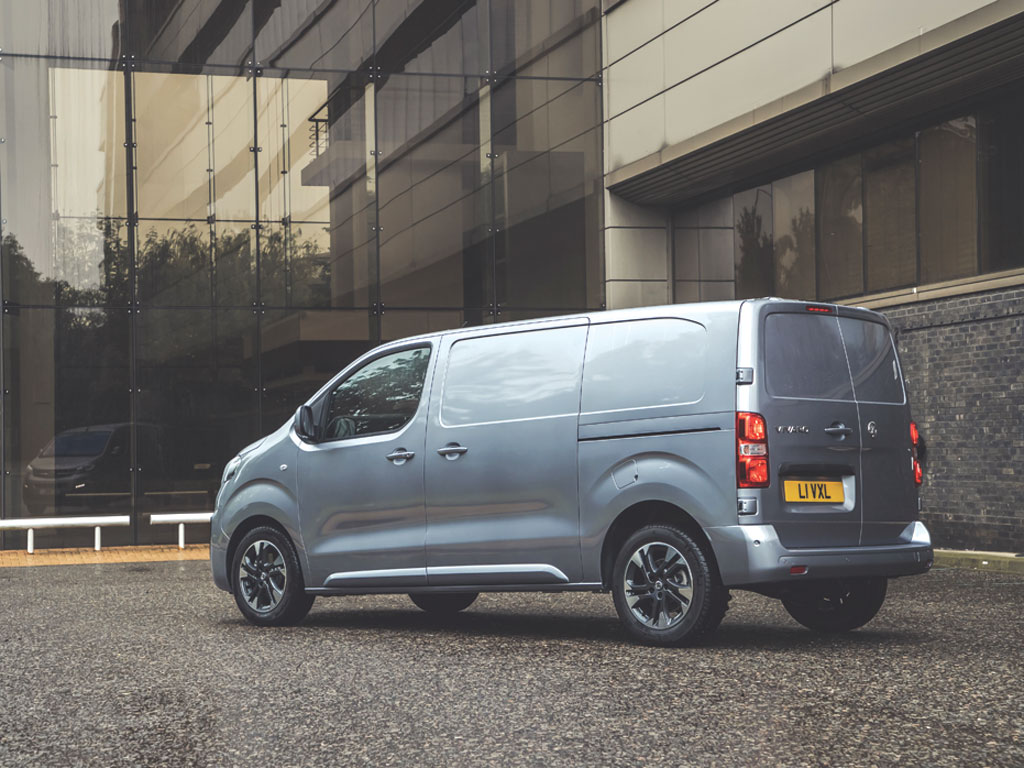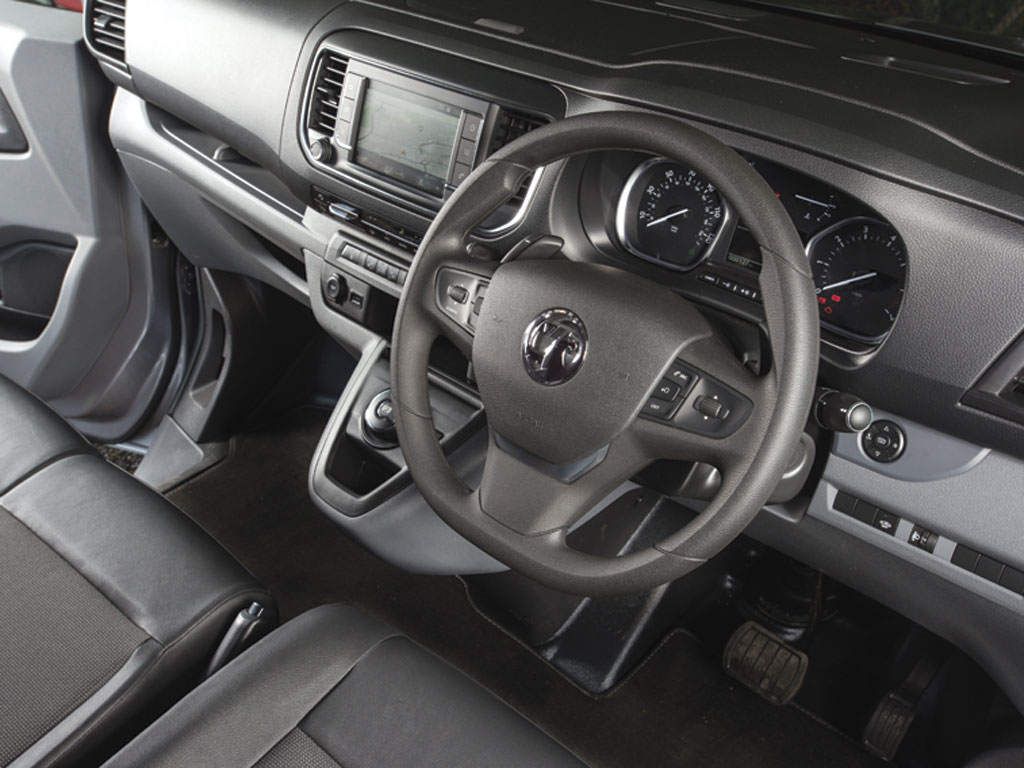Vauxhall continues its LCV overhaul with the launch of the British-built Vivaro, says Dan Gilkes.
SECTOR Mid-weight POWER 100-180hp PAYLOAD 975-1,458kg LOAD VOLUME 5.3-6.6m3
Vauxhall is on something of a roll at the moment; since the company became part of the PSA Groupe, its van sales have gone from strength to strength. With the new Combo enjoying a massive 310% sales growth in the first five months of the year compared to 2018, Vauxhall’s mid-weight Vivaro is the next to evolve.
Of course, as with the smaller van, Vivaro is based on the Peugeot Expert/Citroën Dispatch. However, unlike Combo, Vivaro is being built in Britain. The company has invested £100m in the Luton plant, safeguarding 1,250 UK manufacturing jobs and gearing up to produce more than 100,000 vans a year. That means that Luton will not only build Vauxhalls and Opels, but also Peugeot and Citroën vans too, though not the Toyota Proace, which will continue to come from French facilities.
As with its sister companies, the new Vivaro comes in two lengths, with a single roof height. It will be offered as a panel van, a crew cab van, a platform cab and as the Vivaro Life people carrier. The van will come in three trim levels – the base Edition model, popular Sportive and high-end Elite. All versions get twin sliding side doors, driver and passenger airbags and cruise control with a speed limiter as standard.
There are two engines offered, in five power ratings. A 1.5-litre diesel comes with 100hp or 120hp, while the 2.0-litre offers 120hp, 150hp and 180hp ratings. While both engines can be had with 120hp, only the larger motor offers the full 1,400kg payload, with the smaller engine carrying around 1,000kg, as the 2.0-litre delivers 340Nm of torque, compared to the 1.5-litre’s 300Nm.
Six-speed manual gearboxes are standard across the range, with the 180hp engine also offered with an eight-speed automatic transmission. All engines come with Start/Stop technology. Across the range, the new Vivaro offers a 20-28% improvement in fuel consumption compared to the previous model, with WLTP fuel economy as high as 47mpg on the smaller engine. CO2 also drops, to 159-211g/km, depending on model. Vauxhall will launch a full battery electric version of the Vivaro van in 2020.
As with the PSA duo, there are a host of driver assistance and safety systems on offer, thanks to the Vivaro being based on PSA’s EMP2 car chassis. Standard equipment will include ESP, Hill Start Assist, though the Elite model will boast Lane Departure Warning, Speed Limit Recognition and Intelligent Speed Adaptation, as part of the standard kit, along with High Beam Assist and Side Blind Spot Alert. Options include a head-up display, electric side doors with foot activation, forward-collision alert and Automatic Emergency Braking.
In terms of demand, Vauxhall is expecting a 50/50 split between the L1 and L2 models, with the majority of buyers opting for the 2.0-litre, 120hp engine. As the automatic transmission will only be available initially with the 180hp engine it is not expected to make up much of the sales mix. However, the auto will be offered on the 120hp engine later in the year. As much as 60% of sales will be in Sportive trim, with the Edition taking 30% and Elite just 10%.
The Verdict:
With 62 new Van Business centres established since the beginning of the year and growing demand for Vauxhall products, Vivaro couldn’t have arrived at a better time. It looks like a sure-fire success.
Rating: 4.5 out of 5





